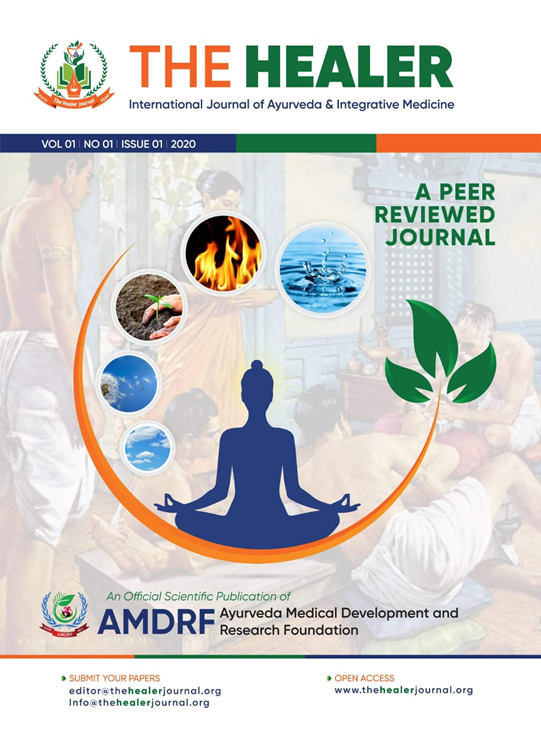An Assessment of Local Use Pattern and Traditional Knowledge on Medicinal and Aromatic Plants in Kapilvastu District Nepal
Traditional healing practice in Nepal
Abstract
Background: Nepal is rich in culture, tradition, knowledge of traditional health practices. In fact, traditional healing practices have been a strong cultural and scientific heritage in this country. The majority of people (80%) in Nepal continue to rely on these practices of health care. Practitioners of this traditional medical wisdom are called as traditional healers (THs). THs are prevalent in every ethnic group and community. Majority of rural people are very dependent on traditional medical practices of THs who mostly use locally available medicinal herbs and spiritual methods to treat diseases. Therefore, this study had investigated whether traditional healers had the knowledge, skill, practices and technology of diagnosis and treatment of diseases which could be utilized to assist in providing health care services to rural people in Nepal.
Materials and Methods: Using a cross-sectional research design a total of 25 traditional healers from Kapilvasttu district of Nepal were interviewed. Responses on the following topics were obtained: socio-demographic characteristics, knowledge, skill and practice regarding medicinal plants use. Descriptive statistics was used to analyze the responses.
Results: Traditional healers’ knowledge, skill, practice and technology of diagnosis and treatment of diseases were related to tradition and culture of particular ethnic groups and communities. Majority of THs (n=25) are male (73.33%) and Hindu (88.29%) by religion. They mostly used medicinal plants (85.6%) singly or in combination with shaman, spiritual and others techniques. Less than 22.5% of THs had got training from health related institutions formally. Rest of the THs had acquired the knowledge and skill of traditional healing practices from ancestors, colleagues, self-study, from guru (traditional teachers), grandparents etc. Some of the both trained and untrained traditional healers would treat 52 types of diseases including gastro-intestinal and cardiac disorders, HIV, cancer, mental disorders, fractures and other common diseases with 79 known medicinal plants.
Conclusion: The results indicate that traditional healers (THs) have acquired traditional medical knowledge, skill, practice and technology from their ancestors, teachers, trainings etc. They use medicinal plants as a means of treatment for providing primary health care to local people in the communities. This is significant considering, that are serving the health needs of a large percentage of the Nepalese rural population. However, further health policy and development of controlling mechanism for them on the treatment related issues is necessary.
Keywords:Traditional healers, medicinal plants, traditional medicines, Nepal













